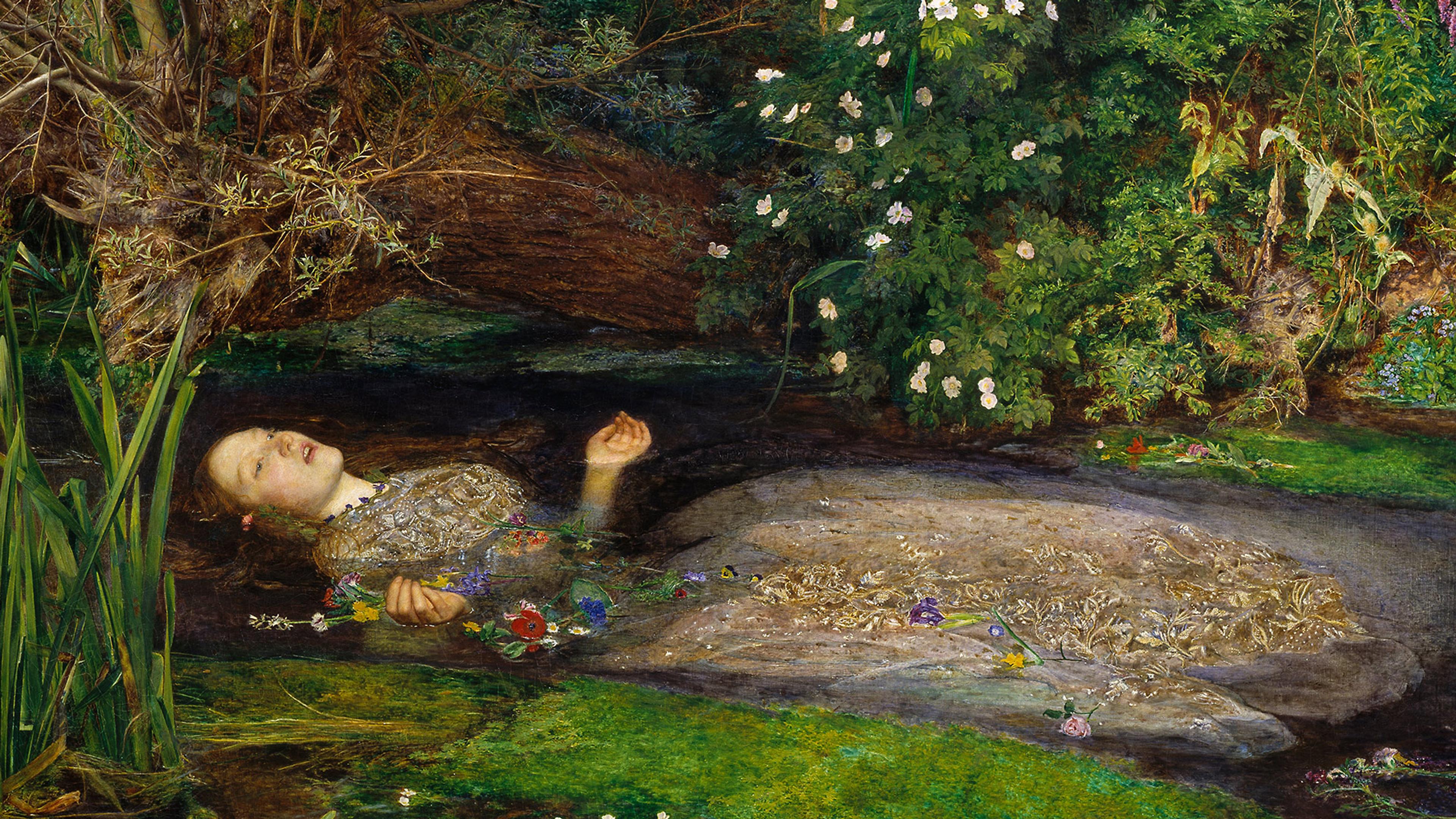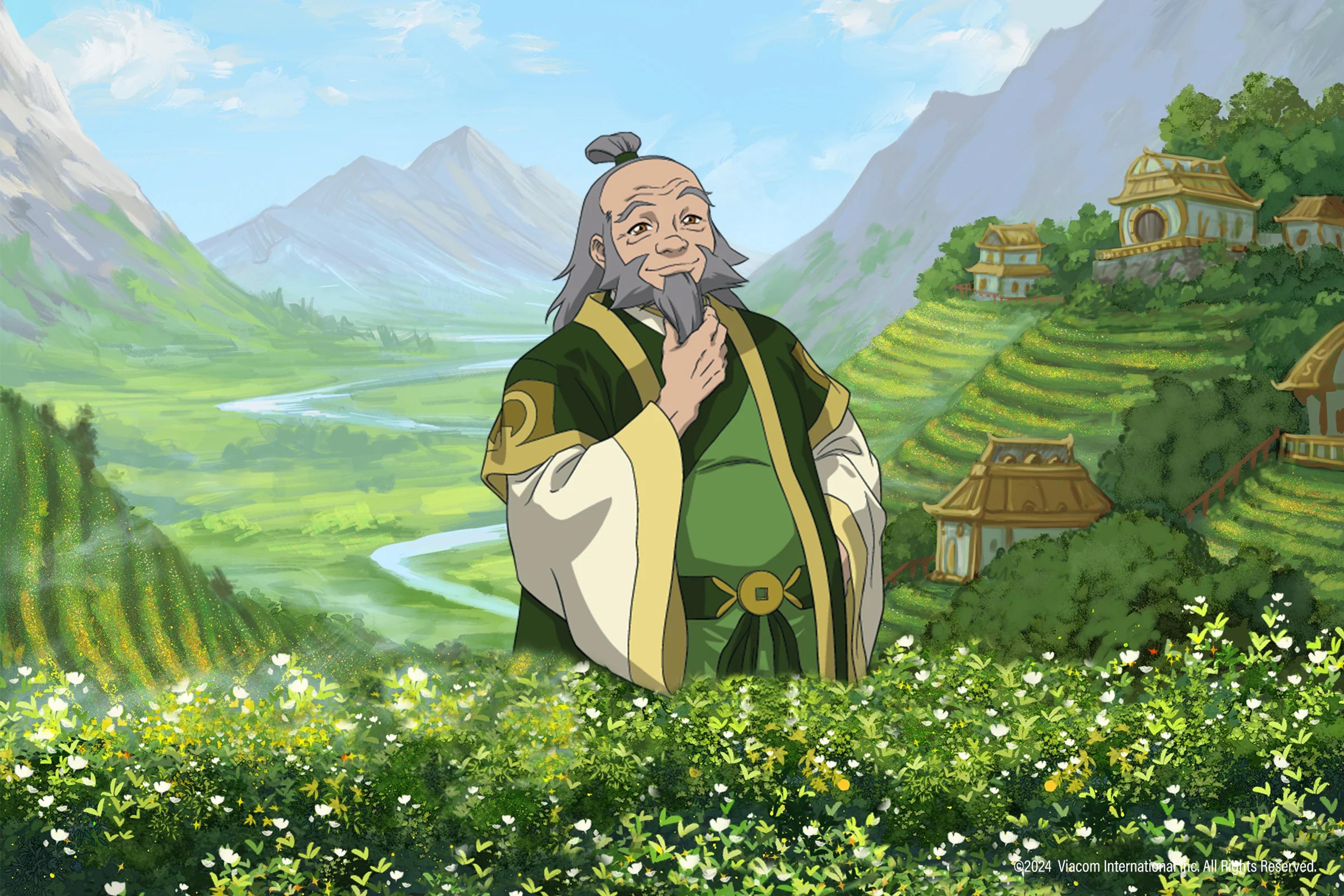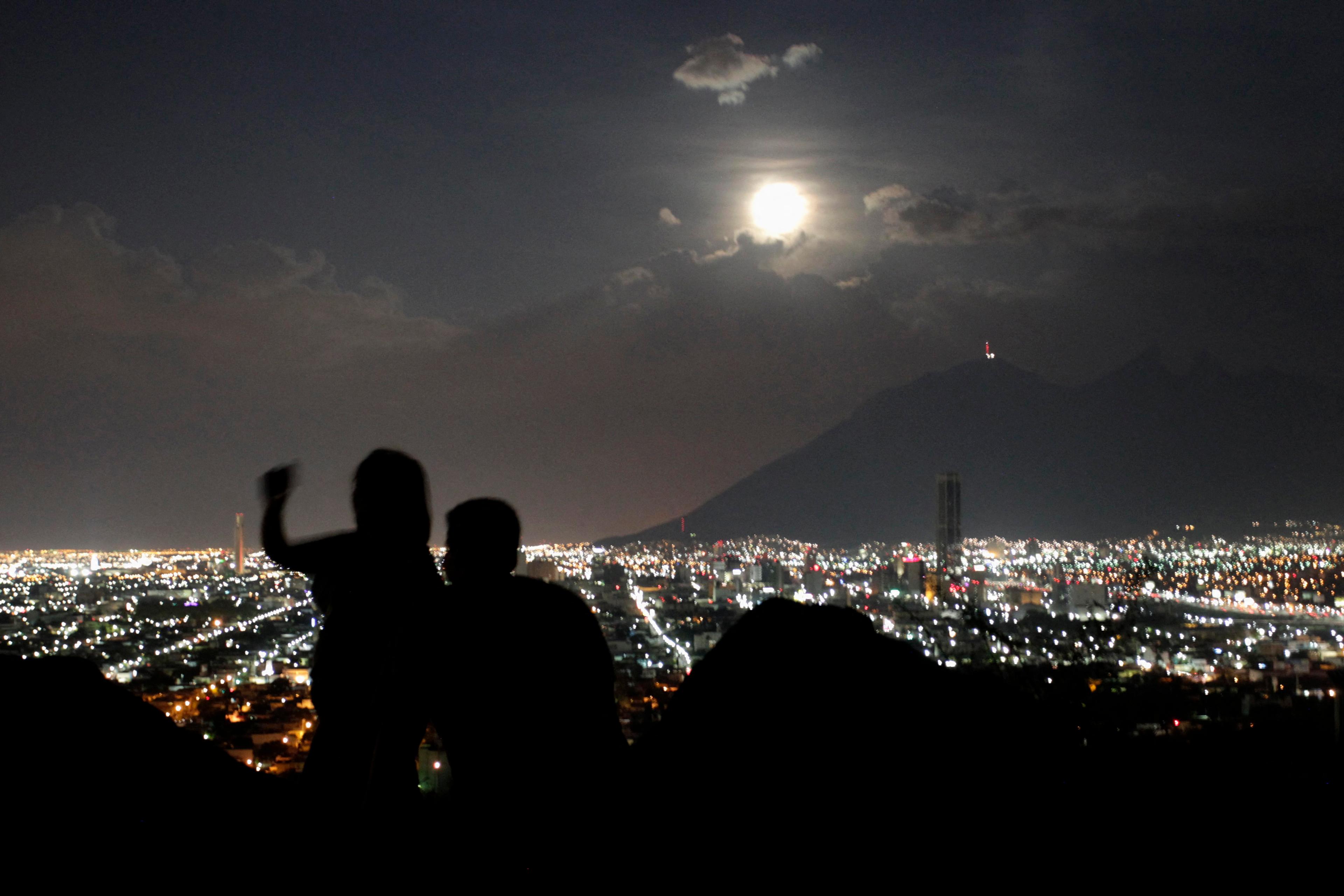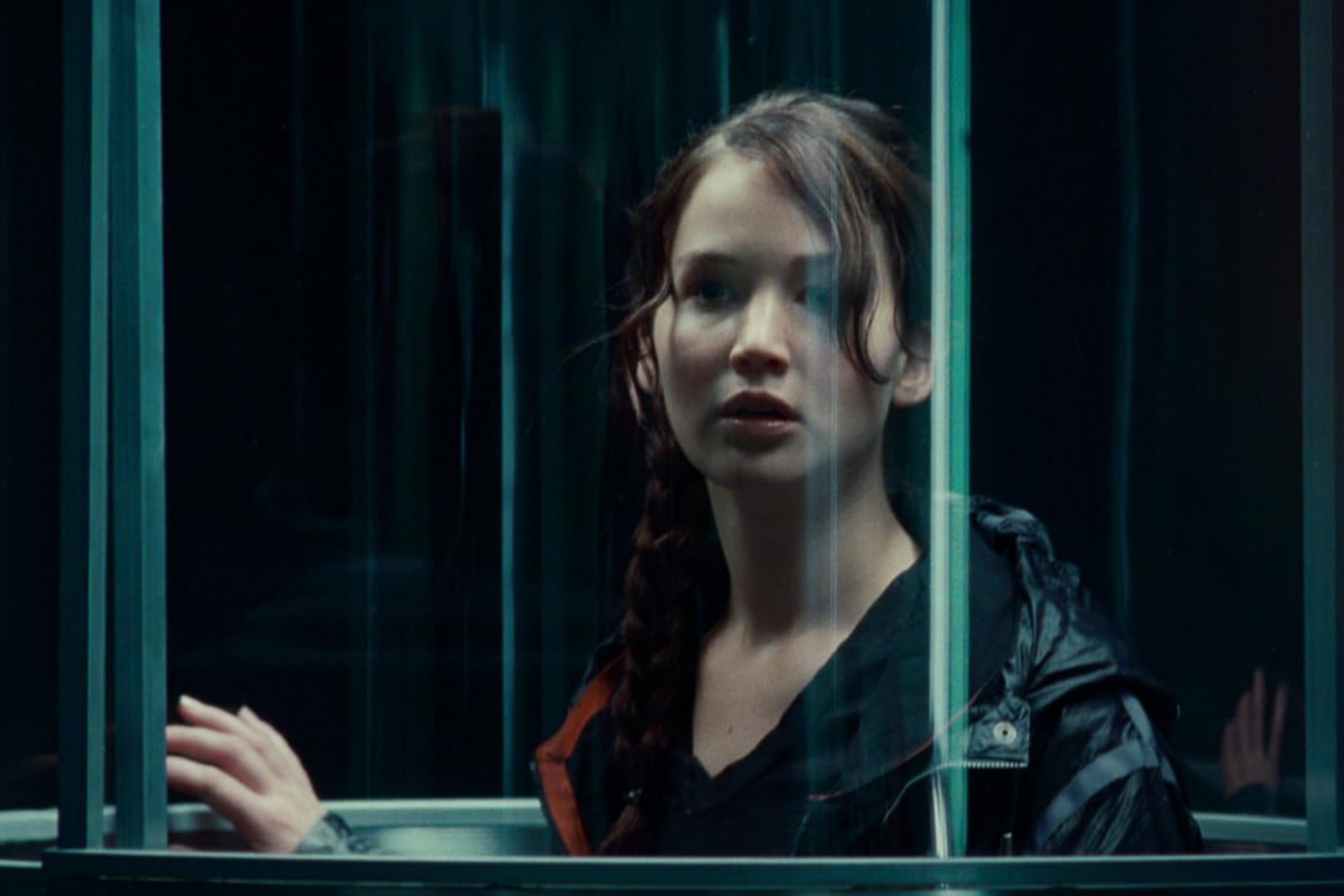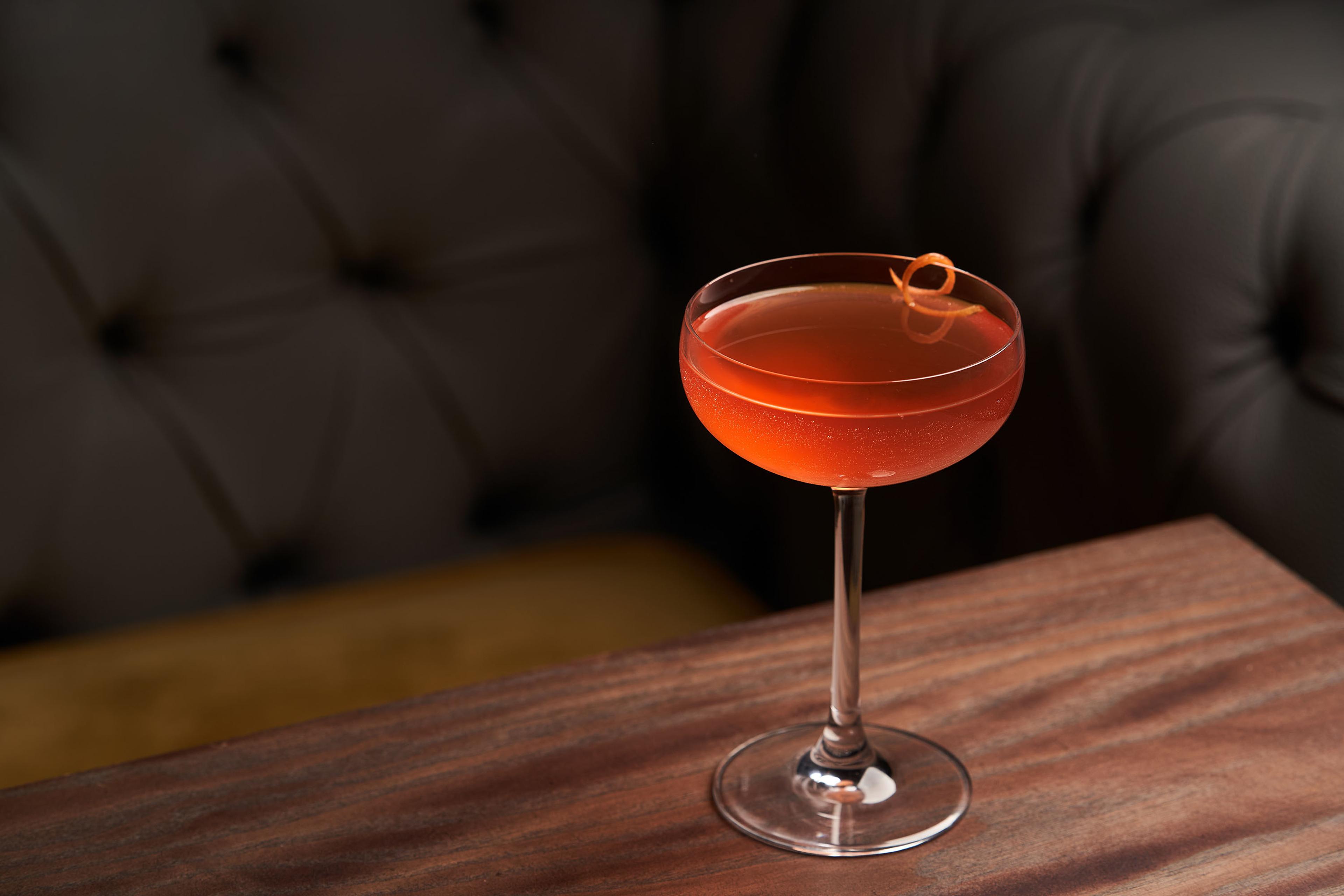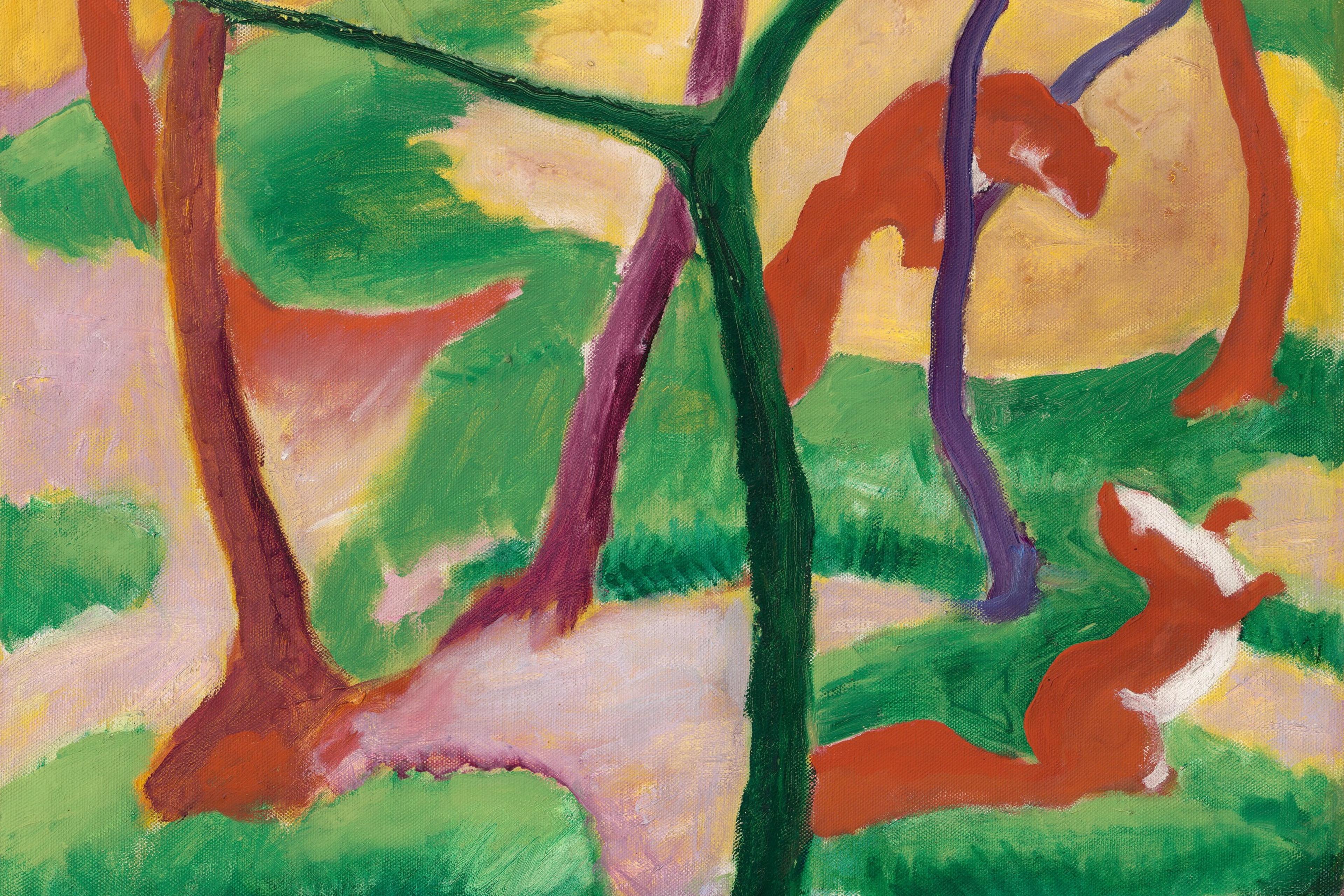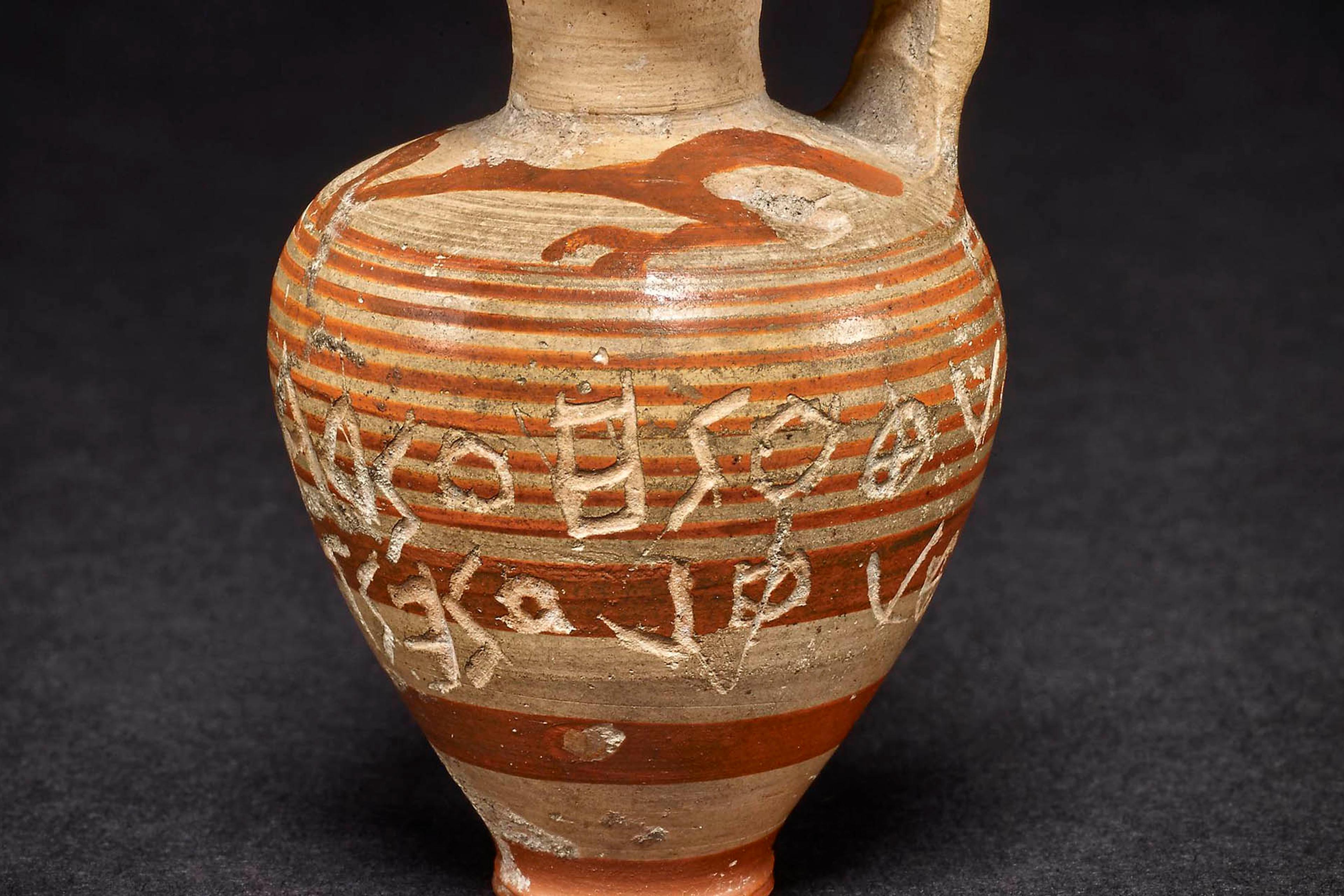What does madness feel like? It’s one of those questions that has no simple answer. If asked, I’d say that madness feels like drowning. Losing your footing on a slippery reef. The icy shock of cold water and adrenaline before the panic sets in. Before saltwater pierces your eyes and the steady bubbling blocks the jittering of your eardrums. Madness feels like that moment between having your skin cut open by coral and the astounding quiet that fills your freezing bones.
I’ve known that my mind was quirky, a bit peculiar, since I’ve been old enough to have a sense of myself in comparison with others. Even then, I have felt mad, been mad, only twice in my life. Both times I’d felt freezing, too cold in my own body, as if I were wearing still-wet clothes from an unplanned swim.
For two years now, I’ve had a lovely therapist, and we have tried to put words to this sense of at-odds-ness. It has not been a success. My psychiatrist on the other hand has no patience for such meandering word games. She prefers labels. Mine is cyclothymia: the mood disorder of high highs – and somewhat frequent lows. Not as cruel as bipolar disorder, but still bountiful with the fractures that it creates in your sense of a coherent self. It is difficult to accept I could wake up in the throes of hypomania or in the shrivelled clutches of a rare depressive episode, depending on what signals my dopamine receptors decide to send out to my nervous system each morning.
I suppose I am not the first to imagine madness as a kind of watery death. My first experience of madness followed the death of my father. A year after his passing, I was suddenly taken by the realisation of the loss, and that led to a week of tear-soaked blankets and a desperate attempt to crank up the heating. A grief-triggered trauma meant I felt limp, water-logged almost. My second debilitating nervous breakdown was caused by heartbreak. At 23, I had fallen in love and could not make sense of not being loved back the same way. It was a teenager’s angst mixed with a young adult’s deep anxieties about rejection and not being good enough. I wandered through the abyss that is Oxford’s Bodleian Libraries in search of new vocabulary. As a writer – someone who deals in the currency of words and metaphors – the difference between a phrase that is just right and one with which I make do is considerable. In the before times, I’d joke that having a word on the tip of my tongue and not getting it would drive me mad. Now, having an ill-fitting metaphor for my psyche made me think of being a cobbler wearing poorly crafted shoes.
I stumbled on a translation of the French philosopher Gaston Bachelard’s essay ‘Water and Dreams’ (1942) – the second of three works that grapple with how the mind works, using elements of nature: first, fire; then, space and air; and finally, this aqueous element that makes connections between the patterns of the mind and the flow of water. At one point, Bachelard presents us with Ophelia, Shakespeare’s iconic victim – caught between the vengeful madness of the man she loves and the propriety her father and then brother expect from her. We do not see her death, an apparent suicide, on stage. We hear of it: of her falling off a willow branch, and being ‘incapable of her own distress’, as she drowned.
Bachelard describes her as a creature born to die in water, a paragon of feminine helplessness. He says:
Water is the element of young and beautiful death, of flowery death, and in the dramas both of life and literature, the element of a death with neither pride nor vengeance – of masochistic suicide. Water is the profound organic symbol of woman who can only weep about her pain and whose eyes are easily ‘drowned in tears’.
I am not sure if these words are comforting, or even if they’re enough, though they carry a sense of being young and in a state of devastating heartbreak. Like Ophelia, I had lost my father (not to the actions of a reckless lover, but to disease and human mortality) and I felt like I had lost my mind for the first time. The second time, like Ophelia, I felt humiliated by a man I had loved. The first time around, there was helplessness and endless weeping, but the second time only a visceral fury. Anger is often associated with fire, and hot-headedness, and I have felt that sort of anger before. But maddening anger felt like a splinter of ice that had been thrust into my chest. Along with my salty tears, I could taste the metallic tang of blood from biting my tongue too hard so that cruel words would not escape.
I was so shaken and so exhausted that when my body’s sudden adrenaline peak – anger mixing with all my other confused emotions – crashed, I passed out, shivering under a hot June sun. I was in St Sepulcher’s cemetery, a 19th-century burial ground. In the silence of this Oxford graveyard, you can hear the thrum of the narrow boats moored up on the canal. What was I doing in a disused cemetery, in the middle of the afternoon – elbow deep into a panic attack? I’m the daughter of a dead playwright. Perhaps ghostly theatrics are generational.
Though Bachelard gives us clues to understand this floating, drifting, freezing pathology, he does not provide any satisfactory answers. The psychoanalyst Carl Jung tells us that water is the most common symbol of the unconscious: the descent into its depth always precedes our ascent. Perhaps a descent into madness, then drowning in psychic pain, which emerges from affronts repressed into the unconscious, is the way out. By cradling both my mania and depression – the helplessness and the violence of anger – I could return to, ascend to, the homeostasis of mental balance. However, were I to take my unconscious for a valley that one must go within to emerge without, I think I’d grapple with the pointlessness of the journey. To me, the psyche that flickers between manic joy and crippling grief more accurately resembles a Möbius strip. It does a good job of holding the illusion that it has two distinct surfaces but, in fact, it is a single, twisted plane.
Perhaps my error is in using the words of men to try and describe what I felt. And I do think it is a particular, gendered experience: to be mad is one thing, to be a mad woman is another. There is a certain shame in ceding to the hysteria that is apparently natural to women. Men are driven mad, whereas women are already mad, waiting to be pushed off the metaphoric brink of sanity. If popular media is to be believed, women of menstruating age are perpetually about a month’s notice away from turning into vicious, deranged kelpies.
Maybe it’s not just away from the speech of men but from language itself that I can find a metaphor to explain the constant struggle of a mind that ebbs and flows in its own rhythm.
I remember wandering through Centre Pompidou in Paris, about a year ago. I had still not begun searching for words then. A friend and I were walking through an exhibit of paintings and pictures by the American artist Georgia O’Keeffe. At one point, my friend stopped in front of a painting. I do not remember which one it was, only that I found her in that spot, with a single tear rolling down her cheek. I wondered if my friend had been moved by how beautifully O’Keeffe captures in her paint strokes the anxieties of being a lone woman.
O’Keeffe had long struggled with depression, and she experienced a nervous breakdown following her husband’s infidelity. Recently, I looked at the postcard I’d bought from the exhibition: Ram’s Head, White Hollyhock – Hills (1935). What at first looks to be the curled horns of a ram’s skull on the New Mexican landscape appears on closer inspection to be the upturned legs of a woman, pointing skyward, and suspended with no way of touching ground again. The text on the back of the card describes the painting as having an ‘undulant foreground’.
‘Undulant (adj): having a rising and falling motion or appearance like that of waves …’ as the Oxford dictionaries define it.
A single tear rolls down my cheek.
It feels un-feminist to credit my nervous breakdown – or even O’Keeffe’s – to the presence or absence of men. However, it is hard to escape that characterisation. We are driven mad by circumstances. Women creatives – artists and writers, musicians and ballerinas – are fraught with this tension. They weaponised their own fragility to create art and to heal. In her essay ‘Professions for Women’ (1931), Virginia Woolf talks about being haunted by an angel – the ghost of a perfect woman, submissive and pure, one who hides that she has a mind of her own. Woolf was so bothered by this phantom, she ended up killing it. And when the angel is killed, all that remains is a common woman with an inkpot, says Woolf. The common woman’s imagination seeks dark pools. It swims ‘where the largest fish slumber’. The depth of a woman writer’s sorrow is an ocean trench, and the saltwater stings her, before allowing her to rise to the surface. Unlike the angel, the writer is an oddity. An aberration.
I wonder often, if I am not on the brink of mania, or writing through the too-muchness of my emotions, would I be as simple and unremarkable as Woolf’s angel? One of my biggest fears before starting a course of psychiatric medication was precisely this: what if my creativity was mere pathology? Would I cure away my penchant for words and syntax? Would I stop being the aberration I thought I was?
In Coco Mellors’s novel Cleopatra and Frankenstein (2022), her depressed artist protagonist wonders if one can have depth without cutting open one’s own heart for public consumption. Can one be recognised as suffering without swimming naked in the public oceans of abnormality? Could the quirks of our brain rest easy without pushing us into frozen catatonia? I do not have answers. I suppose it will be a perpetual exercise to try to find words for the liminality in which I often find my inner life. There is the churning of the whirlpool of the unconscious, the swift stream of Ophelia’s brook, the dark rivers upon which Charon waits – hand outstretched for a final fare. Yet there is also the blue ocean flanked by warm sand on a seaside trip in the summer, the cool of the River Cherwell as a friend punts and I laugh, a strawberry ice cream cone in hand. There is the River Thames, peeking from the distance when I look out my office window in Covent Garden, my gaze meeting the London Eye.
I suppose there are no easy metaphors to find. Water takes the shape of its container, madness the shape of its vessel, too. There’s a shore at the end of the waves, though. To drown is not the only course. I can write my way to a raft that will carry me to land.
